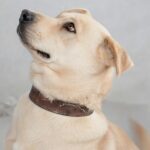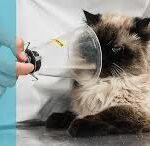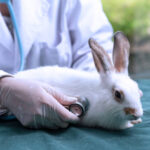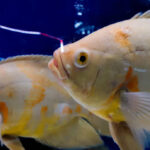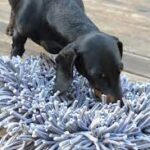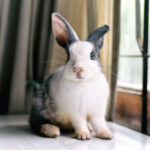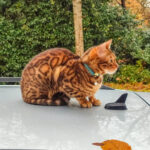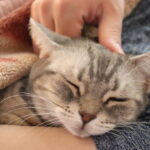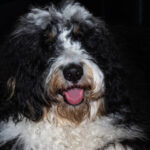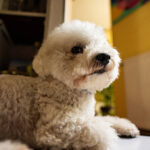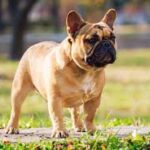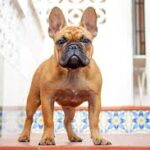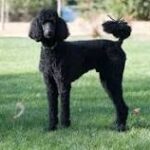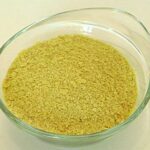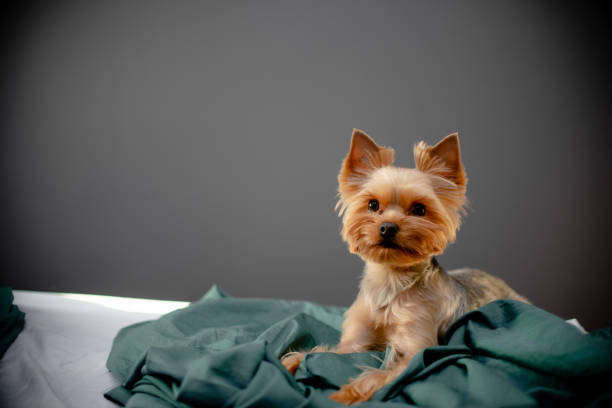Do Shih Tzu Shed dogs are beloved for their charming personalities, affectionate nature, and distinctive appearance characterized by their long, flowing coats. However, for prospective pet owners considering welcoming a Shih Tzu into their home, one common concern often arises: do Shih Tzu shed? In this in-depth exploration of Shih Tzu shedding behavior, we will delve deeper into the factors influencing shedding, dispel common myths, and provide practical tips for managing grooming needs.
Table of Contents
Understanding Shih Tzu Coat Types
Double Coat Structure
Shih Tzus possess a unique double-coat structure, consisting of a soft, dense undercoat and a longer, silky topcoat. This double-layered coat serves multiple purposes, including insulation against temperature extremes, protection from UV radiation, and water resistance. While the undercoat provides warmth and insulation, the topcoat adds an aesthetic appeal to the breed, contributing to their distinctive appearance.
Minimal Shedding
Contrary to popular belief, Shih Tzus are considered low-shedding dogs. Their double-coat structure, combined with their genetic predisposition, results in minimal shedding compared to other breeds. While all dogs shed to some extent as part of the natural hair growth cycle, Shih Tzus tend to retain much of their hair rather than shedding it excessively.
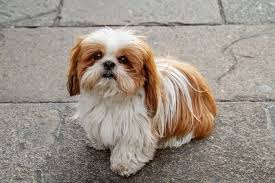
Factors Influencing Shih Tzu Shedding
Genetics
Genetics play a significant role in determining a dog’s shedding patterns. Shih Tzus have been selectively bred for centuries to develop their luxurious coats while minimizing shedding. Breeders have focused on breeding individuals with minimal shedding tendencies, resulting in Shih Tzus with coats that shed less than many other breeds.
Hormonal Changes
Hormonal changes, such as those associated with puberty, pregnancy, and lactation, can influence shedding in dogs. Female Shih Tzus may experience increased shedding during heat cycles and pregnancy due to hormonal fluctuations. Similarly, male Shih Tzus may shed more during puberty as their hormone levels adjust.
Seasonal Variations
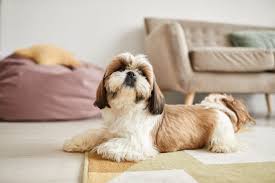
While Shih Tzus maintain a relatively consistent shedding pattern throughout the year, seasonal changes can still impact shedding to some extent. During spring and fall, dogs may experience a natural shedding process known as “blowing coat,” where they shed their old winter or summer coat to make way for a new one. However, the shedding experienced by Shih Tzus during seasonal changes is typically minimal compared to breeds with heavier coats.
Managing Shih Tzu Shedding
Regular Brushing
Frequent brushing is essential for maintaining a Shih Tzu’s coat and minimizing shedding. Use a high-quality slicker brush or pin brush to gently remove loose hair and detangle mats. Aim to brush your Shih Tzu’s coat at least several times a week, paying particular attention to areas prone to matting, such as behind the ears and under the legs.
Do Shih Tzu Shed?
Contrary to popular belief, Shih Tzu dogs are not considered heavy shedders. While all dogs shed to some extent, Shih Tzu’s have a unique coat type that sheds minimally compared to other breeds. Their long, flowing hair grows continuously but tends to fall out less frequently, resulting in reduced shedding.

Factors Influencing Shih Tzu Shedding
Coat Type
The type of coat a Shih Tzu possesses plays a significant role in determining shedding patterns. Shih Tzus have a double coat consisting of a dense, wooly undercoat and a longer, silky topcoat. This double-layered coat helps regulate body temperature and provides protection from the elements. Despite their abundant hair, Shih Tzus shed less compared to breeds with single coats.
Seasonal Changes
Like many dog breeds, Shih Tzu shedding may vary seasonally. During seasonal changes, such as spring and fall, dogs may experience increased shedding as their coat adjusts to temperature fluctuations. However, Shih Tzus typically maintain a consistent shedding pattern throughout the year, with minimal fluctuations.
Managing Shih Tzu Shedding
While Shih Tzus are considered low-shedding dogs, proper grooming is essential for maintaining a healthy coat and minimizing shedding. Here are some tips for managing Shih Tzu shedding:
Regular Brushing
Frequent brushing is crucial for preventing mats, tangles, and excessive shedding in Shih Tzus. Use a high-quality dog brush designed for long-haired breeds to gently remove loose hair and debris from the coat. Aim to brush your Shih Tzu at least several times a week to keep their coat in optimal condition.
Bathing and Conditionin
Proper Nutrition
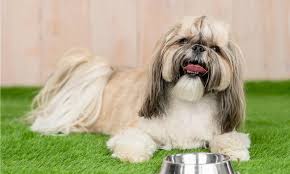
A balanced diet rich in essential nutrients is crucial for promoting healthy skin and coat in Shih Tzus. Choose a high-quality dog food formulated for small breeds that contains omega-3 and omega-6 fatty acids, which help support skin health and reduce shedding. Additionally, consider supplementing your Shih Tzu’s diet with fish oil or coconut oil to further enhance coat condition.
Regular Grooming
In addition to brushing, regular grooming appointments with a professional groomer are essential for keeping a Shih Tzu’s coat in optimal condition. Groomers can trim and shape your dog’s hair, remove excess hair from the ears and paw pads, and perform sanitary trims to prevent matting and tangling. Professional grooming not only keeps shedding under control but also promotes overall skin and coat health.
Conclusion
In conclusion, while Shih Tzu dogs do shed to some extent, they are considered low-shedding breeds compared to many others. Their unique double-coat structure, combined with genetic factors and proper grooming practices, helps minimize shedding and maintain a healthy, lustrous coat. By understanding the factors influencing Shih Tzu shedding and implementing effective grooming strategies, pet owners can enjoy the companionship of these delightful dogs without worrying about excessive hair around the home. So, if you’re considering adding a Shih Tzu to your family, rest assured that their minimal shedding won’t leave you reaching for the lint roller too often.

